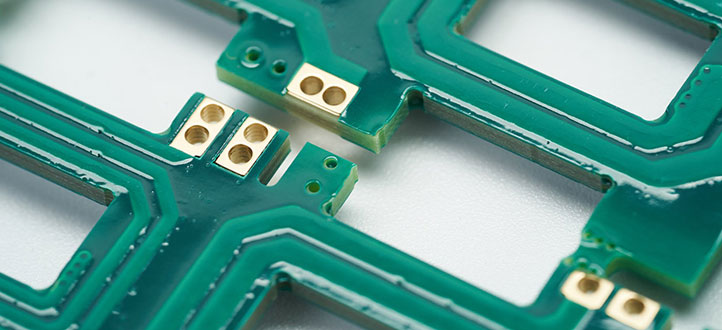Is the more PCB layers the better?

When it comes to PCB manufacturing, people often pay close attention to the number of layers in a PCB. PCB, or Printed Circuit Board, is an indispensable component in electronic devices, providing electrical connections for electronic components. In the process of PCB manufacturing, there are three different structural types: single-layer PCB, double-layer PCB, and multi-layer PCB. Among them, a multi-layer PCB refers to a PCB with two or more layers of circuits. However, even though the fabrication process of multi-layer PCBs is more complex and their cost is higher, does this imply that the more layers a PCB has, the better its performance and quality?
In reality, relatively speaking, a higher number of layers in a PCB generally leads to improved rigidity, electrical performance, and signal integrity compared to single-layer or double-layer PCBs. Firstly, with more layers, a PCB's electrical performance tends to be better. As the number of layers increases, the available space also grows, resulting in more uniform routing and reduced signal interference. With reduced signal interference, the usage performance and lifespan of the PCB are correspondingly enhanced.
Secondly, multi-layer PCBs often exhibit better rigidity compared to single-layer or double-layer counterparts. Since PCBs are primarily composed of glass fiber cloth and copper foil, these materials inherently have a certain thickness. As the number of layers in a PCB increases, the cumulative thickness of these materials also rises, resulting in increased rigidity of the PCB.
However, having more layers in a PCB does not necessarily mean better performance; it depends on the application in which the final product will be used. Manufacturing multi-layer PCBs is not because single-layer or double-layer PCBs are inadequate but because these boards cannot meet the specific requirements of certain products. More intricate circuit boards require more space for routing, a demand that single-layer or double-layer PCBs might struggle to fulfill. Hence, manufacturing multi-layer PCBs aims to provide a larger routing space. In practice, the number of layers in a PCB is merely a rigid requirement during the initial design phase and cannot be used as a sole criterion for determining the quality of a PCB.

